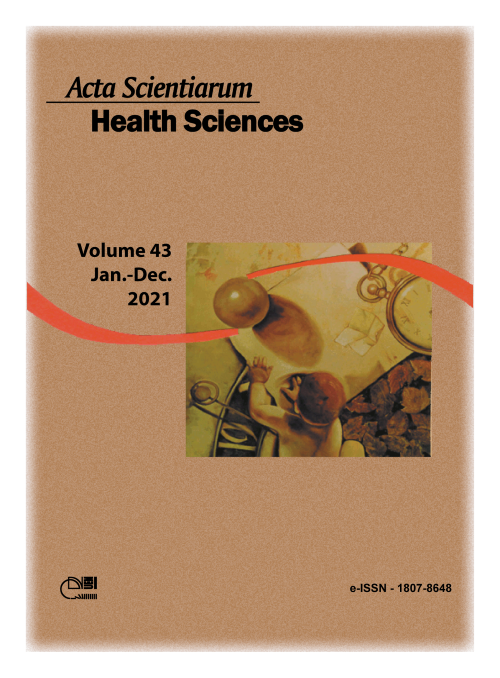Prevalence of alcohol consumption and factors associated with binge drinking behavior among adolescents in the state of Pernambuco, Brazil, 2016
Resumo
To investigate the prevalence of alcohol consumption and the factors associated with binge drinking behavior among adolescents in the state of Pernambuco, Brazil. A cross-sectional study with a probabilistic sample of 6,002 adolescents composed of students from public high schools in Pernambuco, Brazil, aged 14 to 19 years. Binge drinking behavior was used as a dependent variable. The following were evaluated as possible risk factors: sociodemographic variables (gender, maternal education, marital status, work, religion); indicators of psychosocial stress (feelings of sadness; suicidal thoughts; feelings of loneliness; friends) and health risk behaviors (physical inactivity; number of sexual partners; drug use; and involvement in fights in the last year). Logistic regression was used to estimate odds ratios (OR). A total of 6,002 adolescents participated, with 75% reporting having consumed alcoholic beverages at least once in their lives. The prevalence of binge drinking in the last month was 17%. Adolescents without a religion had 81% (95%CI: 1.51; 2.16) more chance of consuming alcohol in excess. Adolescents who felt sad were 29% more likely to binge drink (95%CI: 1.08; 1.54), and adolescents who had already thought about suicide had 41% (95%CI: 1.13; 1.76) more chance to drink excessively. Adolescents who used illicit drugs had 4.6 times the chance (95%CI: 3.51; 6.17) of excessive drinking. Adolescents who engaged in four or more fights during the year were twice as likely to binge drink as those who did not fight (95%CI: 1.36; 2.88). The prevalence of alcohol consumption and binge drinking behavior was high. Sociodemographic factors, psychosocial stress and health risk behaviors were associated with binge drinking.
Downloads
DECLARAÇÃO DE ORIGINALIDADE E DIREITOS AUTORAIS
Declaro que o presente artigo é original, não tendo sido submetido à publicação em qualquer outro periódico nacional ou internacional, quer seja em parte ou em sua totalidade.
Os direitos autorais pertencem exclusivamente aos autores. Os direitos de licenciamento utilizados pelo periódico é a licença Creative Commons Attribution 4.0 (CC BY 4.0): são permitidos o acompartilhamento (cópia e distribuição do material em qualqer meio ou formato) e adaptação (remix, transformação e criação de material a partir do conteúdo assim licenciado para quaisquer fins, inclusive comerciais.
Recomenda-se a leitura desse link para maiores informações sobre o tema: fornecimento de créditos e referências de forma correta, entre outros detalhes cruciais para uso adequado do material licenciado.























5.png)







